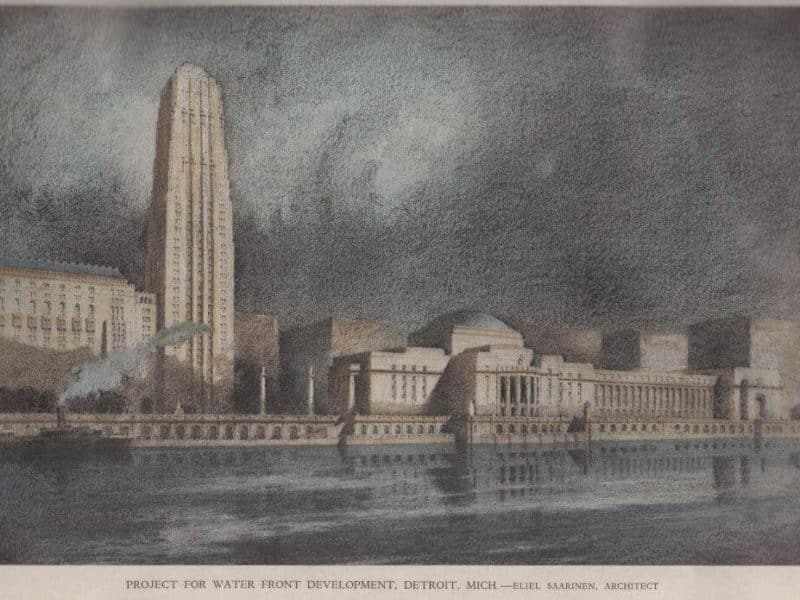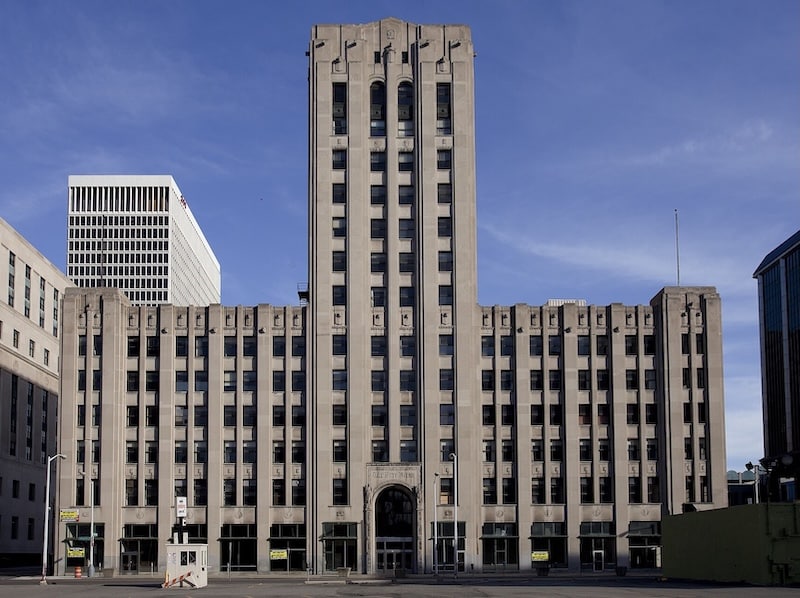Corktown Rising: Urban dreamers paved the way for historic neighborhood’s rebirth

Editor’s note: This special report is the first in a series looking at developing communities in Michigan and is made possible through the support of the Michigan Municipal League. This series updates reports on the same communities in 2012.
Not so long ago, stretches of Corktown’s main thoroughfare resembled an abandoned movie set — boarded up, crumbling handsome turn-of-the-century brick buildings, worn cobblestone streets and empty, weed-sprouting lots.
The Detroit Tigers had left Corktown for Comerica Park, and the few remaining businesses along Michigan Avenue — like Nemo’s, a neighborhood stalwart that had catered to hordes of baseball fans over the years — braced for an uncertain future.
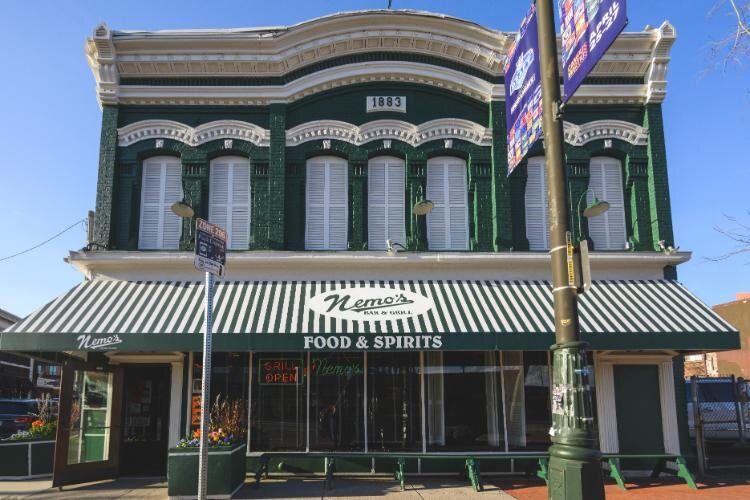
Nemo’s has been a staple of Corktown since 1965.
“Everybody thought it was the death knell,” recalls Tim Springstead, whose family has owned and operated Nemo’s at Michigan Avenue and 8th Street since the mid-1960s. “What are we going to do? We couldn’t just sit down and die.”
Nemo’s didn’t. The popular sports bar launched a fan shuttle service to Comerica Park and then to Red Wings games at Joe Louis Arena. That service proved popular, and along with a steady lunch crowd of downtown lawyers and judges, cab drivers and Stroh’s workers, Nemo’s survived, but Springstead and others could never have imagined Corktown’s next inning.
Beginning with the opening of Slows Bar BQ — just a few blocks away — in 2005, the commercial stretch of Detroit’s oldest neighborhood began a slow turnaround, a turnaround that gained traction thanks to a small entrepreneurial ecosystem created and cultivated by brothers Phil and Ryan Cooley and others.
“I called them the hipsters at the time,” Springstead recalls. “They were the catalyst for change. All of a sudden, there was this groundswell of activity. People were moving in and turning old warehouses into lofts. They were bringing in a different crowd. People were coming from the suburbs.”
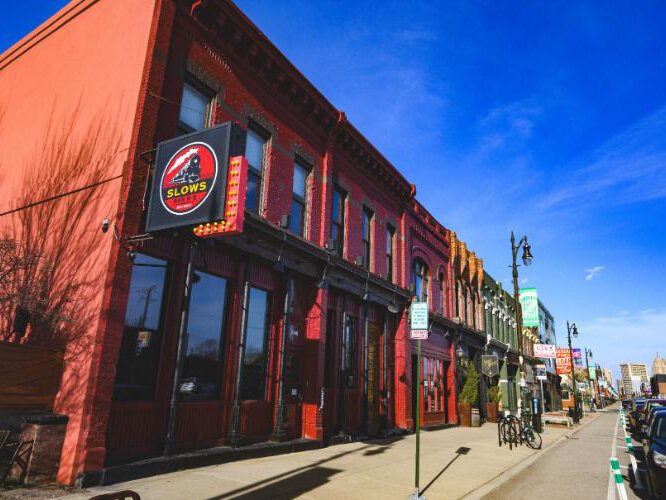
Slow’s Bar BQ opened in 2005 and became an instant success, drawing customers from the suburbs.
The spurt of development that began with Slows at the corner of Michigan Avenue and Rosa Parks Boulevard — in the eerie shadow of the neglected, dark Michigan Central Station — set the stage for the historic neighborhood’s transformation, one that picked up pace in the ensuing years, attracting millions and millions of dollars in investment with the construction of new multi-storied apartment buildings, new housing developments, an upscale hotel and much more.
“The Cooleys developed a lot of that block that Slows is in and that helped bring in more development,” says Brian Hurttienne, who is a partner in Christian Hurttienne, a development and construction firm and a long-time resident of Corktown. His firm has been involved in housing and other projects in the neighborhood, including Bagley 10, which opened in 2022. “That helped stabilize the block and helped the perception that it was okay to come here and to live here … they helped make it a good place to live and work.”
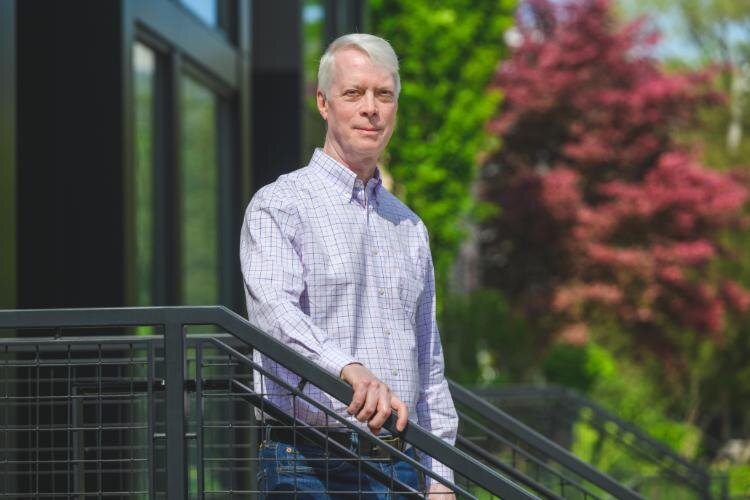
Brian Hurttienne, a long-time resident of Corktown, also has played a role in development with Bagley 10 and other projects.
That initial investment in the 2100 block of Michigan Avenue was key to the community’s transformation. Second Wave Media chronicled Slows’ impact on the neighborhood in a special report in 2012. Long-time observers and others also attribute Corktown’s success to the civic-mindedness of long-time residents who live in the historic neighborhood of Federal and Victorian-era homes, the overall housing stability, a can-do attitude among newcomers and the proximity to downtown.
“Corktown has always been civically engaged and organized,” says Kevin Schronce, associate director in Detroit’s Planning and Development Department who led the neighborhood planning process. “There have been different iterations of community development groups. Corktown has been really stable compared to other neighborhoods in the city.”
To drive down Michigan Avenue today is to find the thoroughfare almost unrecognizable from just a decade ago.
Millions and millions of dollars in investment — refurbishing old buildings and building new ones — in the last decade has been almost unprecedented. Multi-level apartment buildings hug either side of Michigan Avenue. The upscale Godfrey Hotel opened in the 1400 block last summer — a $75 million investment. A $42 million housing development — called Left Field — is poised to open on the former site of Tiger Stadium.
And, of course, the long-derelict Michigan Central Station reopened this month after a nearly $1 billion investment by Ford Motor Co., as the centerpiece of the automaker’s 30-acre innovation campus and mobility hub. The 18-story depot, long a symbol of Detroit’s industrial decline, will be home to stores, restaurants and other retail.
“From my perspective, if Corktown had no percolation, no activity, it would have been a lot more difficult decision for Ford to make,” Dave Blaskiewicz, president and CEO of Invest Detroit, says about the automaker’s decision to purchase the train station.
Invest Detroit, a nonprofit investor, had a role in supporting a series of restaurants and housing projects in Corktown early on, and Blaskiewicz notes the community’s revival has been many years in the making — “those seeds were planted long ago to support what’s going on now.”
Peter Kageyama, an urbanist and expert on community development and grassroots engagement, says that initial investment in the neighborhood was instrumental to Corktown’s current success. “Things can be done in small ways that are profound,” he says. “They are catalytic for the neighborhood. What the Cooley brothers did in Corktown was absolutely critical. It must have seemed crazy at the time to do something in a crumbling neighborhood in the shadow of (the abandoned) Michigan Central Station.”
Small steps, he adds, encourages others, creates communal support and builds momentum. The opening of Ponyride, an incubator for socially conscious businesses founded by Phil Cooley and a partner, Kate Bordine, helped move things forward and bring inclusivity to the neighborhood. Many of the businesses were minority and female owned.
“Then suddenly Corktown feels like a hip neighborhood,” says Kageyama, who is the author of For the Love of Cities: The Love Affair Between People and Their Places. “I don’t think it’s a stretch to say Ford came in because of the transformation. The Cooleys and their friends are a significant reason for that … (The renovation) of the station is symbolic of Detroit’s rise. It’s the cherry on top of the sundae.”
As part of creating a 30-acre footprint in Corktown, Ford also purchased other abandoned buildings, including the Book Depository, renovated and now home to the Newlab @ Michigan Central, an incubator for startups and others. Newlab and Corktown’s resurgence attracted Sam Shapiro and his startup, Grounded, a manufacturer of smart-electric RVs.
“We ended up in Corktown primarily because of the Michigan Central project,” says Shapiro, who had been considering Austin, Texas, as the home of his company. “Here, we get to be surrounded every day by other startups and innovators. An osmosis happens and you’re sharing and learning. It’s a nice environment to be in.”
Long before Ford returned to the Motor City, the Cooleys saw the investment potential in Corktown, attracted by affordable but abandoned commercial buildings, proximity to downtown Detroit, an active arts and cultural community, and an intact residential neighborhood.
Phil Cooley, a former model who had lived in cities all over the world, connected to the talented and collaborative community of artists, musicians, foodies and others who called Detroit home. Opening a restaurant in a historic building near a park in Corktown, he felt, would provide that group and other residents with another option.

Phil Cooley and his brother, Ryan, were instrumental in helping transform Corktown with the opening of Slow’s Bar BQ and a host of other projects.
“Do I really have to go to the same restaurant?” he recalls, noting the choices were few at the time. “Nothing was open on Sundays. That became our third busiest day at Slows. None of us ever imagined that we would be as successful as we were.”
Along with his interest in Slows Bar BQ, Ryan Cooley opened O’Connor Realty Detroit — a few empty buildings down from Slows and he moved into the neighborhood as well. The brothers offered their sweat to help others set up businesses in the same block.
The Cooleys’ first successful tenant in that block of Michigan Avenue was Astro Coffee. And then came the Sugar House, a cocktail bar with a Speakeasy vibe. Mercury Burger Bar opened up across the street in 2012. Other businesses began to open along the corridor, including Motor City Wine and Batch Brewing
“That’s where I thought this was going to work,” says Ryan Cooley, recalling when Astro became their first paying tenant in the block. “We have a paying tenant for the first time. Mom-and-pop businesses are opening along this block — it’s no longer just one destination but suddenly we have multiple destinations — this is where I think it began to take off.”

Ryan Cooley stands outside his real estate office on Michigan Avenue, in the same block as Slow’s BBQ.
About the same time Ford announced its plans to rehab the long-abandoned train depot, the city of Detroit had begun its Greater Corktown Neighborhood Framework Plan, an expansive effort to bring equitable growth, ensure affordable housing and inclusive growth to the neighborhood. That plan covers about 1.4 square miles that include the historic Corktown neighborhood, North Corktown and parts of adjacent communities.
The implementation of that framework — which also called for working with the Michigan Department of Transportation to improve Michigan Avenue — making the thoroughfare safer and more pedestrian friendly and connecting Roosevelt Park to the community and beyond – have played a role in creating a more cohesive, welcoming neighborhood.
To spur development, the city also rezoned parcels of land from heavy industry uses to other uses. The old Tiger stadium property, for instance, was rezoned to allow for residential development — Left Field. As the neighborhood has transformed, the city has actively worked to include affordable housing in new projects. That includes Left Field, where 40 percent of the 120 units will be reserved for affordable housing.
Corktown’s continuing transformation does not come without challenges. More people are moving in — though the population is far below historic periods of development — and housing prices have spiked. Many business owners and residents are concerned about housing affordability, the displacement of lower income residents, traffic, and other issues.
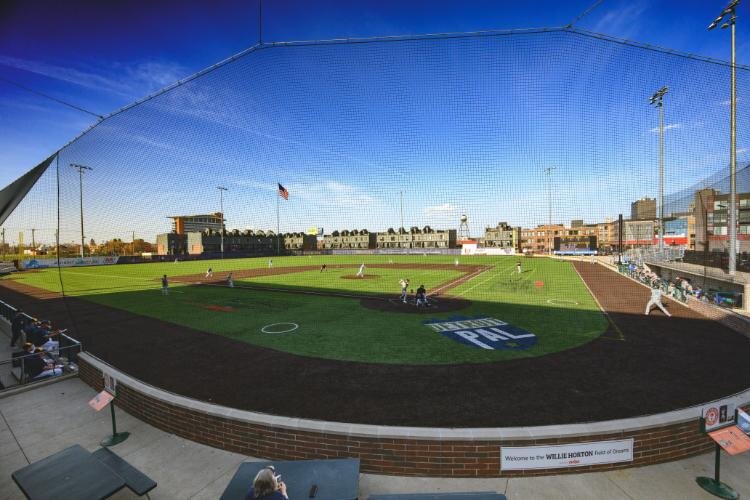
The former site of Tiger Stadium will also be home to a housing development.
Left Field, in fact, is part of Detroit’s Choice Neighborhood Initiative, which aims to preserve housing affordability and build new housing throughout Corktown and North Corktown. The city received more than $30 million in grants for the initiative from the U.S. Department of Housing and Urban Development,
In all, the greater Corktown area will see 842 new housing units built over the next six years; at least 60 percent of those units will be reserved for affordable housing. A North Corktown project, The Preserve on Ash, calls for 100 mixed-income residential rentals among a six-building mixed-use development.
“I think Corktown faces the same challenges that Detroit as a whole does,” Phil Cooley says. “Obviously, Detroit’s population is declining and we want to encourage more people to move it. At the same time, we don’t want to price people out. Also, how do you maintain an inclusive neighborhood, especially for long-time residents? That’s the biggest challenge.”
That inclusivity has been a concern since the Cooleys began creating their Corktown footprint. There was Ponyride, of course, but the brothers also helped many local businesses – most of them minority owned by city residents – with pro bono construction and paperwork. They also helped local homeowners with improvements pro bono so they could remain in Corktown. With their efforts, Roosevelt Park became the center of free community events.
While those issues are front of mind, long-timers like Nemo’s Tim Springstead have welcomed the changes and the community’s return to vibrancy.
“Everybody knows about Corktown,” he says. “It’s become this hip place. You see people walking down the street, people pushing strollers. You can park and walk all over, even all the way down to the train station. Things really took off.”
